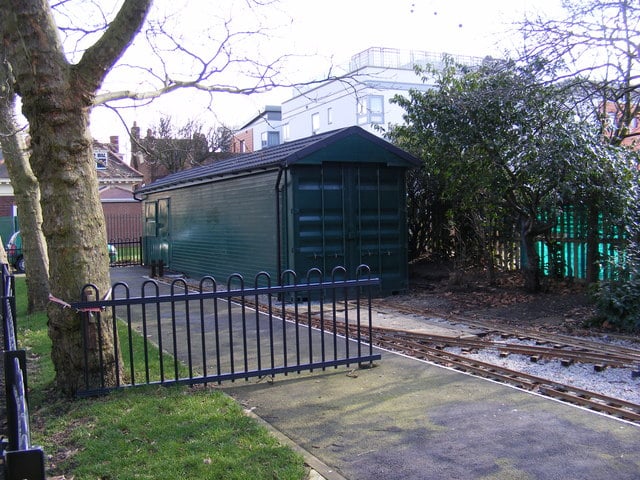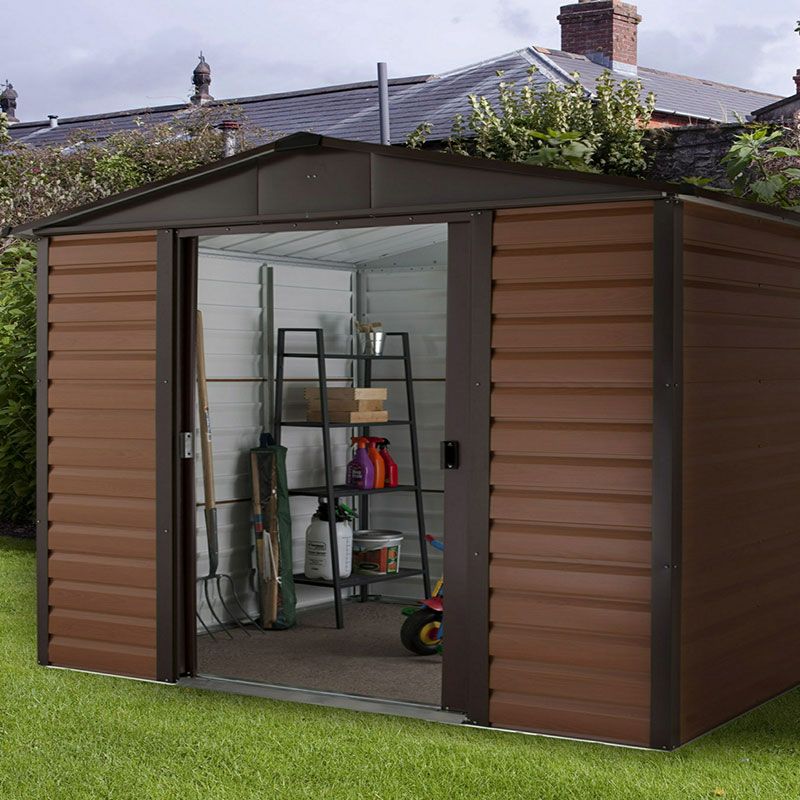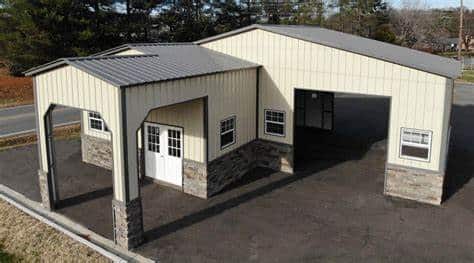Researching Eco-Friendly Practices for Metal Shed Manufacturing and Maintenance
In today’s environmentally conscious world, businesses are increasingly seeking eco-friendly practices to reduce their carbon footprint and contribute positively to the planet. Metal shed manufacturing and maintenance industries are no exception. As we move towards sustainability, it’s crucial to explore innovative methods and materials that prioritize environmental preservation without compromising quality. In this article, we delve into the realm of researching eco-friendly practices for metal shed manufacturing and maintenance, exploring various strategies, materials, and maintenance techniques.
Understanding the Need for Eco-Friendly Practices
Why Eco-Friendly Practices Matter
In recent years, the importance of sustainability has become more apparent than ever. With climate change and environmental degradation posing significant threats, industries must adopt eco-friendly practices to mitigate their impact. Metal shed manufacturing and maintenance industries, known for their energy-intensive processes and material usage, play a vital role in this paradigm shift towards sustainability.
Benefits of Eco-Friendly Practices
Embracing eco-friendly practices in metal shed manufacturing and maintenance offers numerous benefits. Not only does it reduce environmental harm, but it also enhances brand reputation, attracts environmentally conscious consumers, and often leads to cost savings in the long run.
Researching Sustainable Materials
Recycled Metal
One of the primary considerations in eco-friendly metal shed manufacturing is the choice of materials. Recycled metal, sourced from salvaged materials or post-consumer waste, is an excellent option. Not only does it reduce the demand for virgin resources, but it also minimizes energy consumption and greenhouse gas emissions associated with metal production.
Sustainable Coatings
Choosing eco-friendly coatings and finishes is another crucial aspect of sustainable metal shed manufacturing. Opting for low-VOC (volatile organic compound) or water-based coatings reduces air pollution and minimizes health risks for workers. Additionally, these coatings are often more durable and resistant to corrosion, prolonging the lifespan of metal sheds.
Implementing Energy-Efficient Processes
Solar Power
Integrating solar panels into metal shed manufacturing facilities can significantly reduce reliance on fossil fuels. Solar power not only lowers energy costs but also decreases greenhouse gas emissions, making it a sustainable alternative for powering manufacturing operations.
Energy-Efficient Machinery
Investing in energy-efficient machinery and equipment is paramount for reducing the environmental impact of metal shed manufacturing. Upgrading to high-efficiency motors, optimizing production processes, and implementing energy-saving technologies can lead to substantial energy savings and operational efficiencies.
Prioritizing Waste Reduction and Recycling
Material Recycling Programs
Establishing material recycling programs within metal shed manufacturing facilities promotes circular economy principles. By recycling scrap metal and other materials, companies can minimize waste sent to landfills and conserve valuable resources.
Lean Manufacturing Principles
Adopting lean manufacturing principles helps streamline processes, minimize excess inventory, and reduce waste generation. By optimizing production workflows and eliminating inefficiencies, companies can enhance sustainability while improving overall productivity.
Maintenance and Longevity
Routine Inspections and Maintenance
Regular inspections and maintenance are essential for prolonging the lifespan of metal sheds and ensuring optimal performance. Addressing minor issues promptly prevents costly repairs and extends the usability of the structures.
Eco-Friendly Cleaning Practices
When it comes to maintenance, opting for eco-friendly cleaning products and techniques is crucial. Avoiding harsh chemicals and opting for biodegradable cleaners minimizes environmental impact while preserving the integrity of metal surfaces.
Conclusion
In conclusion, researching eco-friendly practices for metal shed manufacturing and maintenance is essential for minimizing environmental impact and promoting sustainability. By prioritizing sustainable materials, energy-efficient processes, waste reduction, and eco-friendly maintenance techniques, companies can contribute to a greener future while maintaining high-quality standards.
FAQs
1. Are eco-friendly metal sheds as durable as traditional ones?
Yes, eco-friendly metal sheds constructed using sustainable materials and processes can be just as durable, if not more so, than traditional metal sheds.
2. How much can a company save by implementing eco-friendly practices in metal shed manufacturing?
The cost savings associated with eco-friendly practices vary depending on factors such as energy efficiency, waste reduction, and material sourcing. However, companies can often realize significant long-term savings through reduced energy costs and operational efficiencies.
3. Are there government incentives for adopting eco-friendly practices in manufacturing?
Yes, many governments offer incentives, tax credits, and grants to encourage businesses to adopt eco-friendly practices, including those related to manufacturing.
4. Can existing metal sheds be retrofitted with eco-friendly features?
Yes, existing metal sheds can often be retrofitted with eco-friendly features such as solar panels, energy-efficient lighting, and insulation to improve sustainability and energy efficiency.
5. How can consumers identify eco-friendly metal sheds?
Consumers can look for certifications such as Energy Star or LEED (Leadership in Energy and Environmental Design) to identify eco-friendly metal sheds that meet stringent sustainability criteria.



